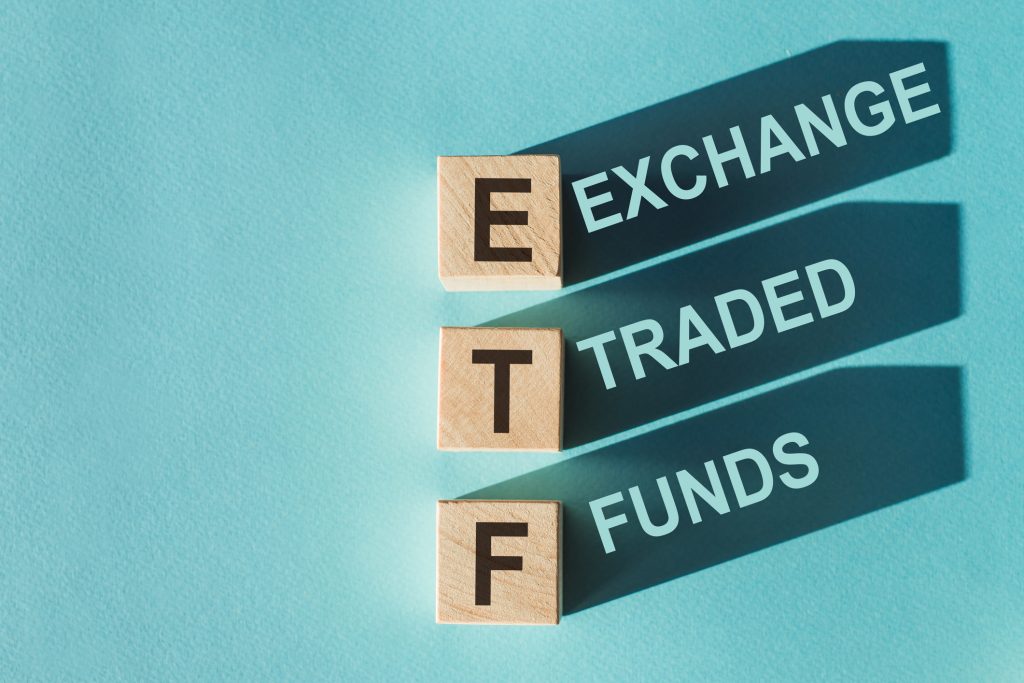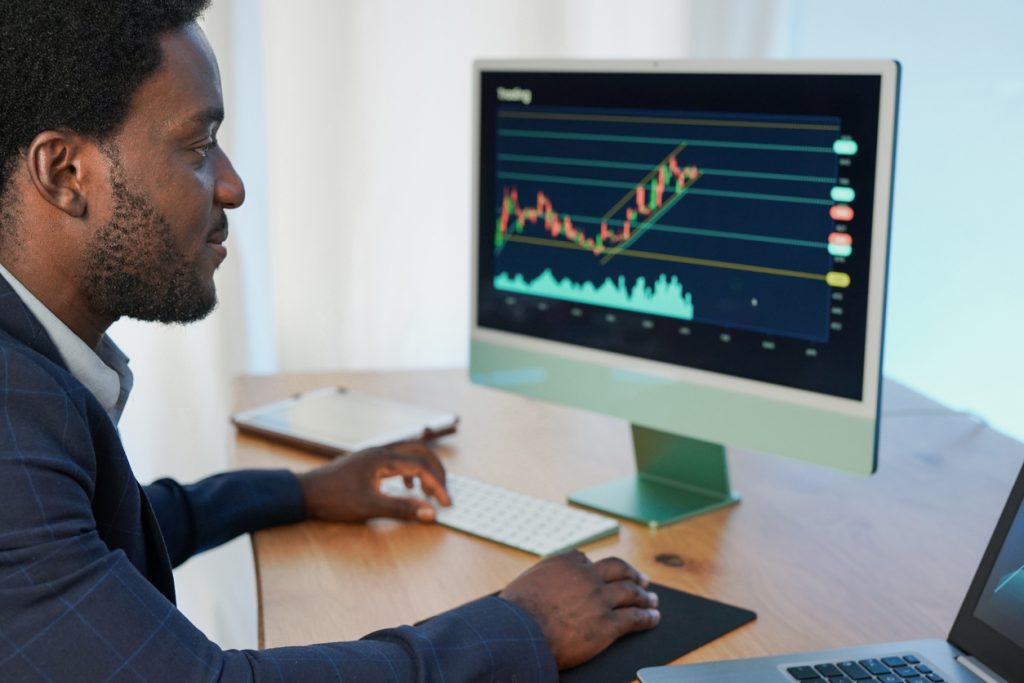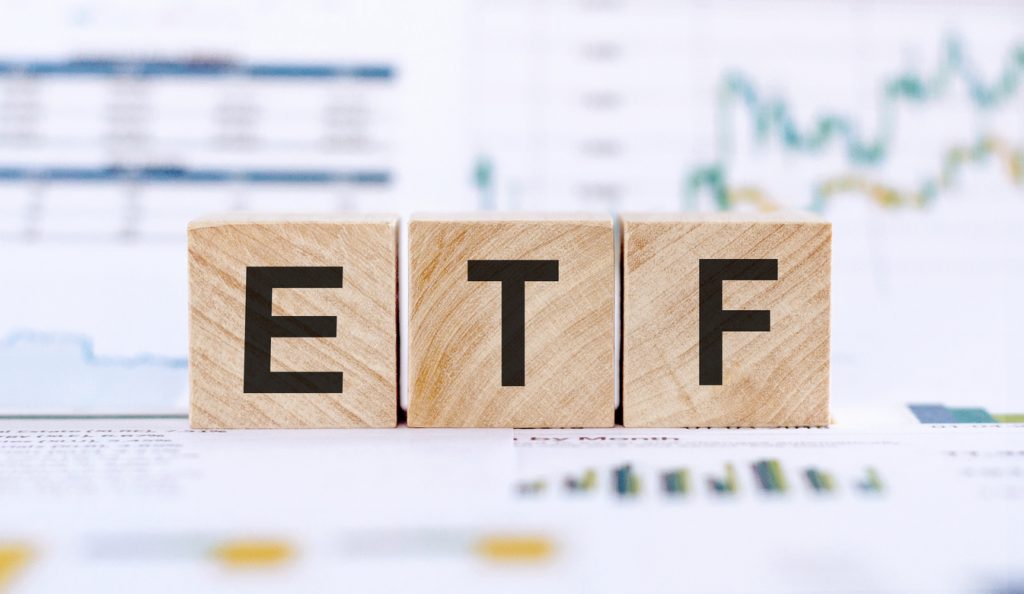Commodity trade is a highly complex process involving different aspects which all need to be managed properly in order to meet international requirements and more importantly increase profits. Agiblocks offers an innovative and easy-to-use solution for managing all aspects of commodity trade, from contracts to invoicing, creating deliveries and managing risks. The flexibility and endless possibilities of Agiblocks provide you with a unique chance to take full advantage of the opportunities presented by the commodity markets – and that includes the trading of commodities to diversify portfolio’s, or as a general investment.
The overall market
Few global events have shaken up the markets quite like COVID-19. Falling food and fuel demand have led to weakening prices across the complex worldwide economy, while logistical complications have had – and indeed continue to have – their effect as well. Cost of shipping has skyrocketed as a result of consumers collectively spending their savings on ‘stuff’ to keep their newly discovered homes interesting, in turn wreaking havoc on supply chains everywhere. Meanwhile, rates for container cargo have quadrupled over these last two years. As the pandemic quite hopefully has passed its peak, the impact on consumption and overall uncertainty ahead remains a major force in risk management as well.
At Agiboo, one thing we have noticed during all our years of developing and perfecting a suitable CTRM solution for the commodity trade, is the diversity of how people perceive market price risk and more prominently, the diversity on how they manage it. There is no good or bad way, necessarily – but given that market price risk management has a long history there is still an apparent lack of standardization that shows us how complex it is to standardize and find a real common approach, despite the existence of professional exchanges and their focus on derivatives as the answer. Having said that, let’s talk about soft commodities as an investment and the various ways to go about that in Agiblocks.
Commodity trade
Commodity trade is the overall process of trading products without qualitative differentiation, meaning products are considered the same regardless of the producer. In most cases these products are raw materials which are used in many production processes.
Commodities in general can be divided into three different groups: agricultural, metals and energy. When talking about ‘commodity trade’, you might think of petroleum, gold, precious metals and any of the other commodities that are either ‘metals’ or ‘energy’. But agricultural or soft commodities are something to be desired as well. Indeed, the industry has experienced boosts in interest due to investors looking to diversify their portfolio of stocks and bonds. For traders, even the smallest percentage of any soft commodity will lead to a reduction of both volatility and risks. So yes, soft commodities are definitely worth looking into. We’ll circle back to that in a minute – as it’s the focal point of this article.
Trading commodities
There are many types of commodity traded in the world and the same goes for places where these commodities are traded. Commodity trade takes place on regulated exchanges, often specialized in one or more specific commodities. On these exchanges, futures contracts, which give access to underlying commodities, are traded.
Generally speaking, there are two ways to buy or sell a contract. The first is well-known from the movies: the open out-cry in a trading pit, usually a raised octagonal platform, where traders trade contracts by using hand signals and shouting a whole lot. As you can imagine, that is being done less and less, as the industry shifted to electronic trading. This form of trading excludes the need for traders to physically meet for completing a trade. This way, traders can easily trade on a number of different exchanges from a single location. Electronic trading uses specialized software, which can differ per exchange. The advantage of electronic trading is the possibility to trade around the clock. With open out-cry trading, traders are bound to the designated trading hours.
Trading companies
Trading companies or independent traders perform an essential role on the commodity market. They negotiate an acceptable price with both producers and buyers, thus creating a balance between supply and demand, upon which the market price is based. They not only arrange a price for both parties, but also manages the physical products. Hereby the trading company obtains risks concerning the inventory and volatile prices.
In many cases a trading company will maintain an inventory of a commodity for industrial transformation of a commodity. Due to the time delay between producers and end-users, trading companies need to constantly hedge their commodities to protect from price differences due to the time delay between acquiring the product and delivering it.
Soft commodities
Back to our soft commodities. Technically ‘soft agricultural commodities’ are products that are grown rather than mined, such as cocoa, coffee and sugar. These soft commodities are unique because farmers can plant and raise new crops year after year.
The top five of soft commodities in terms of annual consumption is made up of cocoa, coffee, grain, sugar and cotton. Agiblocks covers all five and has as much as four of them listed as Specialized Commodities to boot. You can read all about it here. In this article we’d like to focus on the market price of agricultural commodities as well as on the ways Agiblocks can step in to assist you in the risk management involved in trading them.

ETF's
It is possible to invest in commodities via exchanged traded funds (ETF’s), a type of investment fund where the assets are traded on an exchange. It is becoming increasingly popular due to the fact that it combines multiple aspects of the different types of traditional investment funds. ETF are the most traded product on exchanges and therefore an interesting aspect for investors. There are ETF’s for various specific commodities.
What drives the price of agricultural commodities? As with any market, the first rule would be: supply and demand. But that would be oversimplifying the situation, like pointing to a low-pressure system when it has already started raining. Yes, it plays a huge part in establishing prices, but it doesn’t provide a real answer. Because the real question is: what is causing supply and demand? How has the low-pressure system evolved, and how did it get here? As it turns out, lots of price drivers for agricultural prices are well-known – and equally well registered, logged and recorded.
The first example would be, with the risk of confusing you now; the weather. The weather is after all a huge factor in producing commodities that are grown rather than mined, as is the case with all soft commodities. It can cause good crops, bad crops, high yields, low yields, variety in size, quality, quantity – and so on. A second driver is substitution: the availability (and price!) of alternatives. The presence of substitution possibilities clearly has an impact. When the sugar price is high and a major producer of candy can find a different sweetener just as good as sugar for a lower price, it will have an effect on sugar prices (and sweetener prices). Chances are high he will take that opportunity, causing demand for sugar to drop.
Hedging has everything to do with protecting yourself against market price volatility of the commodity you buy or sell. There are a number of instruments available to help you protect yourself against market price risk, one of the main ones being futures. Find out more in our Agiboo tutorial on futures and hedging instruments below:
Value at risk in Agiblocks
Value at Risk is a clear and comprehensible measure of the estimated risk of loss for any investment – ‘clear’ meaning fairly easy to use, and ‘estimated’ meaning there are no guarantees. In economics and finance, as well as in life, things are never one hundred percent certain, nor do the most certain outcomes yield the best results.
Value at Risk or VaR provides an estimation (or probability) of the size of the loss for an investment, given variables like asset size, market conditions and time constraints. For an investor, it’s all about probabilities, as the main focus of risk management is usually: ‘what are the odds of losing money?’. VaR is focused on that very presumption. It is typically used to estimate the amount of assets needed to cover potential losses.
Value at risk (VaR) is a popular method for risk measurement. The indication of the level of risk you take with a certain investment can help you decide whether the possible gain is worth the potential maximum loss. VaR can be calculated for either one asset, a portfolio of multiple assets of an entire firm.
By calculating VaR the following question can be answered:
‘What can I, with a certain level of confidence, expect to lose in monetary or percentage terms, during a given period of time?’
A VaR calculation consequently consists of three elements: a confidence level, a time period and the expected maximum loss. This could result in an answer resembling the following:
‘With 90 percent confidence, I expect my worst daily loss not to exceed 3.5 percent’
Soft commodities and hedging against inflation
The rate of inflation is measured as a percentage of change of a price index – a sample of goods and services – from one year to the next. ‘If you’re not moving forwards, you’re moving backwards’ and ‘stagnation is regression’ are two expressions related to human development, but are said to apply to money as well. Inflation is always with us. Which is not necessarily a bad thing, as economists like to see a slow, steady rise in prices as an indicator of a healthy economy. When prices rise, the same amount of money buys you less. Inflation, in other words, eats away at the value of your bank account. The solution is to invest in anything that yields a higher return than the going rate of inflation.
Conventional wisdom states that gold is the go-to for inflation hedges, as it is an asset that tends to hold a steady value. At the same time, finance data shows that in the long term, stocks are a better bet to protect your portfolio against any inflation to come. The same goes for real estate. However, we are not in the business of hedging with gold, nor are we stock brokers or realtors and estate agents. We serve the trade of soft and/or agricultural commodities, and we’re here to tell you that those commodities too are at the top of investments that make good inflation hedges.

Commodities and inflation have a very special relationship. As a general rule, commodities are an indicator of inflation on the horizon. As the price of a commodity rises, so does the price of any product where it is used in the production process. Therefore, commodity prices exhibit measurable economic change before the economy as a whole (inflation) is affected. While commodity prices are not a hundred percent indicator of inflation, they can be a good starting point in hedging against inflation. That is why agricultural goods offer value as a portfolio diversifier that serves as a hedge against inflation.
Hedging against inflation is an essential part of protecting your wealth, whether that wealth is sitting in a bank account or part of a portfolio of assets – or commodities. Inflation is also an unavoidable, calculated operational risk, not unlike counterparty risk, credit risk and market price risk. In commodity trading, a price can be settled in many different ways, ranging from a fixed price to a market related price. Of course, our Agiblocks CTRM solution can help you with all those steps, as physical contract management is where it excels; it supports trading management as well as financial management from the same source of data and within the same easily accessible application. Designed by traders, Agiblocks enables its users to focus on the essence of their trading.
Experience Agiblocks and find out
Are you a trader, buyer or seller in soft and/or agricultural commodities and do you want to know more about commodity trading and our next-generation CTRM solution? The full range of Agiblocks functionality is available within our newly improved demo environment. Familiarize yourself with the tools and features of our powerful and agile software solution and find out how you can improve your daily routine. Find out more about our free demo!

